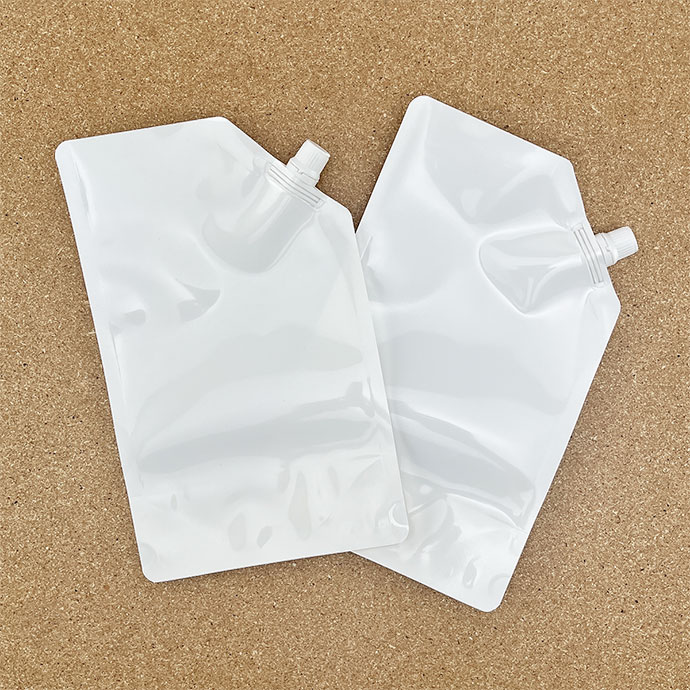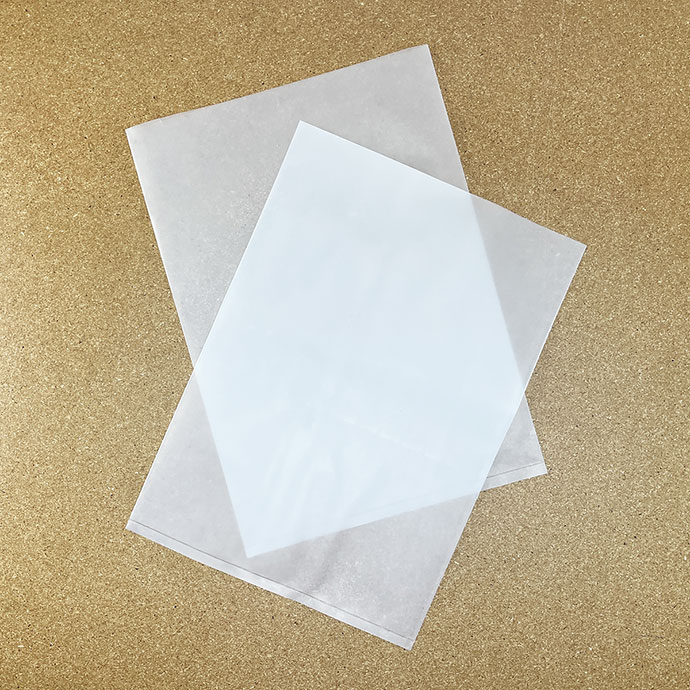
Recycled & Recyclable Bags
Moving Sustainability Forward
Flexible packaging offers many environmentally-friendly advantages, including reduction of space and weight to lower transport costs and energy, and reduction of waste because high barrier materials keep products fresh for months or even years. But the advantages associated with laminate structures are coupled with sustainability challenges. There are normally narrow specifications for the raw materials that go into producing many barrier pouches, based on the function required of the final product. And once these pouches are made, recyclability can be complicated.
Can Flexible Barrier Bags Be Recycled?
When discussing recycling of high barrier flexible packaging, it’s important to understand a few things about the recycling of plastic materials generally. Plastic recycling works only when the material stream is chemically consistent, meaning that recycling is designed to work with mono-materials - items made from only one kind of plastic polymer. The recycling process requires all components to melt together without damaging the polymer.
Traditionally, mono-material plastics are not high barrier materials by themselves, so air and moisture pass through these films fairly easily. That’s why you don’t see beef jerky on grocery shelves packaged in Ziploc®-style bags. Flexible packaging using materials like Mylar® was invented to provide an alternative to rigid packaging while maintaining a barrier against moisture and oxygen, so that products can be kept in a controlled environment with no unwanted contaminants. The way to do this is to fuse together, or laminate, a plastic polymer with a thin layer of foil and/or other polymers to provide the needed barrier properties.
But these multi-layer laminate structures contain incompatible polymers that cannot be separated by mechanical recycling. The aspect of flexible packaging that is great for long-term protective storage makes it unsuitable for tossing into a recycling bin.
However, recent advancements are moving closer to meeting the increasing demand for sustainable packaging products. These developments are happening both in the beginning and end of the product life cycle, with pouches made from recycled materials and pouches made from recyclable materials.
Recycled Materials

Custom printed SpoutPAK™ 50% PCR pouches (no foil)

Custom printed high barrier 50% PCR pouches (with foil)
Rather than using wholly new polymer films in flexible packaging production, many manufacturers are finding ways to incorporate Post-Consumer Recycled (PCR) plastic. PCR is mono-material plastic that has been previously used by consumers that is collected and recycled into new products. As mentioned previously, use cases often demand that the materials that go into making a pouch have very specific properties. That means that pouches generally cannot be produced with PCR materials alone, but structures that use 50% PCR materials are becoming more common.
Recyclable Materials
IMPAK is also developing products made from mono-materials, primarily polyethylene, that can be easily recycled. These are high quality pouches for many applications, but they lack the barrier properties of a foil laminate structure. Although they provide moderate water vapor barrier protection, they offer very poor oxygen barrier properties, so the number of applications for which they are appropriate is more limited. Nonetheless, we continue to invest in discovering ways to produce flexible packaging films that can offer both recyclability and the product protection that IMPAK is known for.
Contact us if you are interested in making recyclability part of your company's flexible packaging profile.


